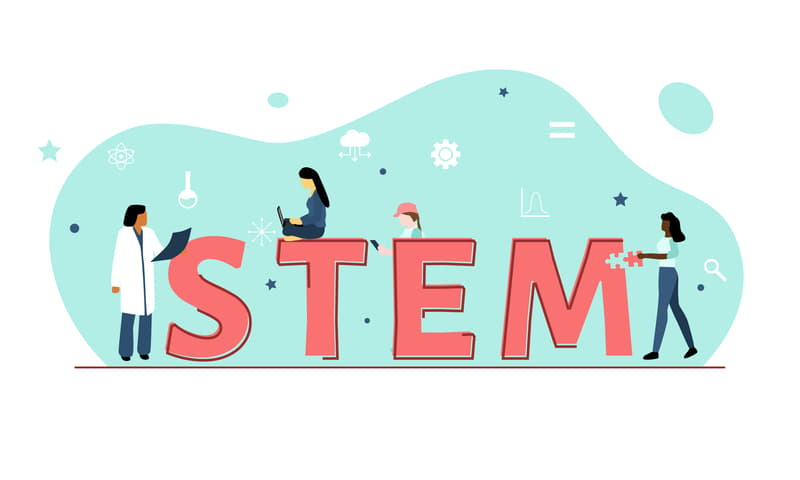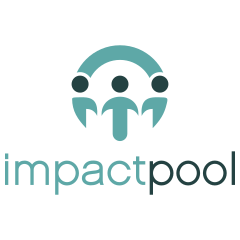Intern in the Optical Communications and Adaptive Optics field
Noordwijk-Binnen
- Organization: ESA - European Space Agency
- Location: Noordwijk-Binnen
- Grade: Internship - Internship
-
Occupational Groups:
- Physics and Mathematics
- Communication and Public Information
- Outer space and satellite technology
- Closing Date: 2023-11-30
EUROPEAN SPACE AGENCY
Intern in the Optical Communications and Adaptive Optics field
Internship Opportunity in the Directorate of Technology, Engineering and Quality.
ESA is an equal opportunity employer, committed to achieving diversity within the workforce and creating an inclusive working environment. We therefore welcome applications from all qualified candidates irrespective of gender, sexual orientation, ethnicity, beliefs, age, disability or other characteristics. Applications from women are encouraged.
Location
| Noordwijk |
Our team and mission
This position is based at the European Space Research and Technology Centre (ESTEC) - Noordwijk, Netherlands
Under the direct authority of the Mechanical Department, the Mechatronics and Optics Division is responsible for the technical and strategic management of the following areas:
- Automation and robotics: space automation systems, including space robot payloads and their control systems, space laboratory automation, human-robot-interaction, tele-robotics in manned and unmanned missions, as well as automation and robotics technology for ground MAIT;
- Life & physical sciences instrumentation: technologies needed for planetary exploration missions and for life & physical sciences experiments in space, as well as technologies needed for life support and habitability of manned missions, and ISRU;
- Optical systems: design, engineering and verification in all optical related areas, including stray-light; optical component technology, including micro-optics, fibre and passive integrated optics; interferometry and optical aperture synthesis; spectro-radiometric imaging instruments in the x-ray, ultra-violet, visible and infrared region; optical metrology, and space micro-nano technology systems;
- Optoelectronics: photonics technologies and application, including integrated and fibre optics, opto-pyrotechnics, non-linear optics, superconductor technology, detectors and focal plane instruments, lasers, laser sensors and laser systems including optical communications and laser metrology, LIDAR and ranging systems; optical atomic clocks, optoelectronics/photonics for spacecraft applications.
The Optoelectronics Section is part of the Mechatronics and Optics Division. The Section provides technical and expert support to projects, technology programmes and other sections and divisions in the areas of optoelectronic device technologies and applications.
The following technology domains are part of the expertise of the Section:
- Photodetector and focal plane instrumentation development
- Laser and laser sensor developments, including optical metrology and time and frequency distribution
- Optical and quantum communication systems
- Photonics technologies and applications
- LIDAR and ranging systems
- Optical atomic clocks
More information on the Optoelectronics Section can be found here: Space Optoelectronics
For further information visit our web site: http://www.esa.int
Field(s) of activity for the internship
You can choose between the following topics:
1) Topic 1: Turbulence and adaptive optics emulator for satellite to ground optical links
One of the major challenges in enabling the future ground to space optical communications infrastructure is the effect of turbulence on the optical link. Turbulence causes the optical beam to scintillate, diffract, wander and break apart in speckles, which prevents having a reliable and stable optical signal at the counter terminal. To mitigate these effects, several techniques such as adaptive optics, spatial diversity and aperture averaging have been proven effective in real ground to space link demonstrations.
The goal of this internship is to contribute to the development of turbulence simulation models in MATLAB and / or python. Furthermore, the simulator shall include modeling and performance characterization of turbulence mitigation techniques to better understand their effectiveness. The output of the simulations could be fed into a genuine link emulator setup in the laboratory.
.
2) Topic 2: Pointing acquisition tracking emulator for optical communication links
Optical communications benefits from the fact that – when compared to radio frequency communications – the wavelengths are much shorter. Consequently, a diffraction-limited beam will be much narrower for a given aperture size. Therefore, laser communication terminals can be made smaller and more lightweight when compared to radio frequency terminals. They are also able to focus more energy in a precise direction or area, consuming less energy. The subsequent drawback of this advantage is that laser communication terminals have much more stringent pointing requirements.
The goal of this internship is to develop a pointing, acquisition and tracking simulation toolbox in MATLAB Simulink and / or python. This toolbox will enable the evaluation of various pointing, acquisition and tracking architectures, technologies, concepts and algorithms. Furthermore, it should be able to support various optical and quantum communications projects currently running at ESA. In the next step, the output of the pointing, acquisition and tracking toolbox could be used in a laboratory setup, to conduct hardware-in-the-loop verification of key technologies.
.
3) Topic 3: Data reduction and simulation of atmospheric parameters
Optical links between ground and space suffer multiple distortions when crossing the atmosphere. One can for example quote the “beam wandering” effect (i.e random deviation of the beam with respect to its initial line of sight), scintillation (i.e temporal and spatial random variation of the beam intensity), phasefront distortion, beam spreading. Besides that, the beam intensity is also attenuated due to the scattering and absorption of molecules and aerosols in the atmosphere. Monitoring equipment to measure the atmospheric turbulence parameters and simulation tools to evaluate the atmospheric transmission (e.g radiative transfer software) exist to quantify the aforementioned optical channel quality. These data either measured or simulated can subsequently be used as input for the design of optical communication systems.
The goal of the internship is to contribute to the data reduction of the atmospheric turbulence parameters (obtained with the available monitoring equipment) as well as running simulations (either already existing e.g. libRadtran software, or by developing dedicated numerical models and algorithms) to evaluate the atmospheric transmission, and critically analyzing the results (e.g by performing cross correlations with available databases).
Behavioural competencies
Result Orientation
Operational Efficiency
Fostering Cooperation
Relationship Management
Continuous Improvement
Forward Thinking
Education
You must have student status and be enrolled at university for the entire duration of the internship. You should preferably be in your final or second to last year of a university course at master’s level in a technical or scientific discipline.
Additional requirements
The working languages of the Agency are English and French. A good knowledge of one of these is required. Knowledge of another Member State language would be an asset.
Additional Requirements:
1) Topic 1:
The topic requires such educational knowledge as:
- Programming in python and / or MATLAB
- Gaussian beam optics or optics in general
- Space mission geometry and orbits
Knowledge or competences in the following domains is preferred:
- Atmospheric turbulence and their effect on optical links
- Laboratory experience with opto-mechanical devices
- Space-based telecommunications
- Link budgets
2) Topic 2:
The topic requires such educational knowledge as:
- Control engineering and design in python and / or MATLAB Simulink
- Spacecraft attitude and orbit control systems
- Space mission geometry and orbits
Knowledge or competences in the following domains is preferred:
- Pointing, acquisition and tracking in laser communications
- Laboratory experience with optics, actuators, and control electronics
3) Topic 3:
The topic requires such educational knowledge as:
- Good knowledge in atmospheric turbulence theory and effects on optical beam propagation
- Programming (mainly in python and / or MATLAB)
- Experience in data reduction
Knowledge or competences in the following domains is preferred:
- Laboratory experience
- Optical design
- Mechanical design
- Detectors
Other information
For behavioural competencies expected from ESA staff in general, please refer to the ESA Competency Framework.
If you require support with your application due to a disability, please email contact.human.resources@esa.int.
Internships can take place remotely, on-site or partially on-site depending on the pandemic situation, and in line with the relevant Establishment’s policy (e.g. possible Green Pass requirement) applicable at the time of starting the internship.
--------------------------------------------------------------------------------------------------------------------------------------------------
Please note that applications are only considered from nationals of one of the following States: Austria, Belgium, the Czech Republic, Denmark, Estonia, Finland, France, Germany, Greece, Hungary, Ireland, Italy, Luxembourg, the Netherlands, Norway, Poland, Portugal, Romania, Spain, Sweden, Switzerland, and the United Kingdom. Nationals from Latvia, Lithuania, Slovakia and Slovenia, as Associate Member States, or Canada as a Cooperating State, can apply as well as those from Bulgaria, Croatia and Cyprus as European Cooperating States (ECS).








